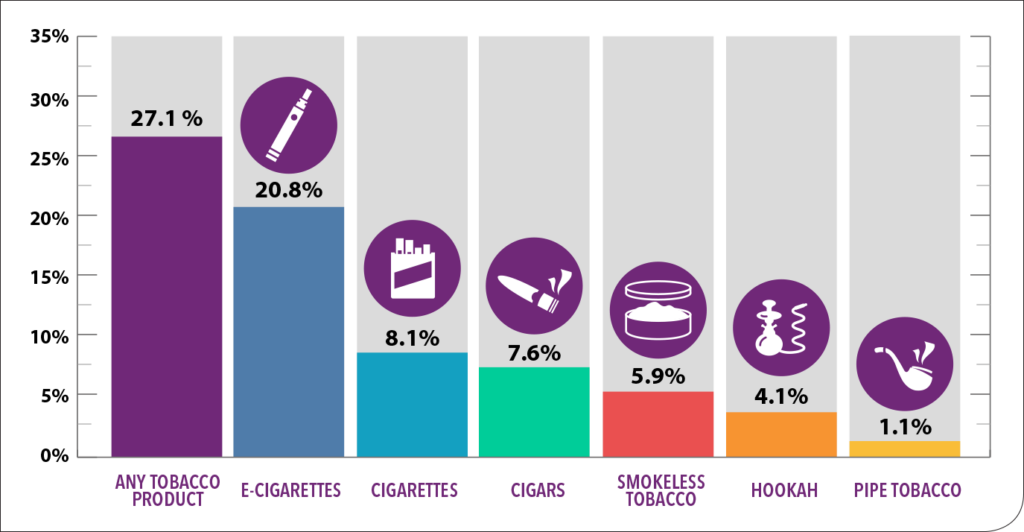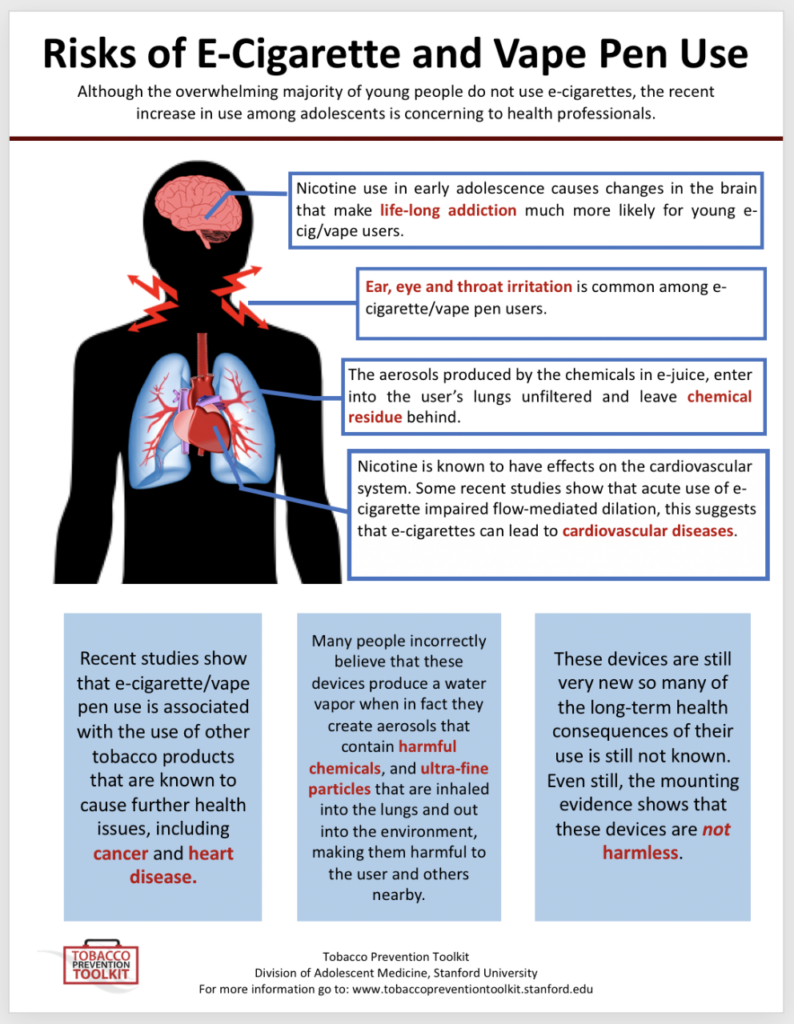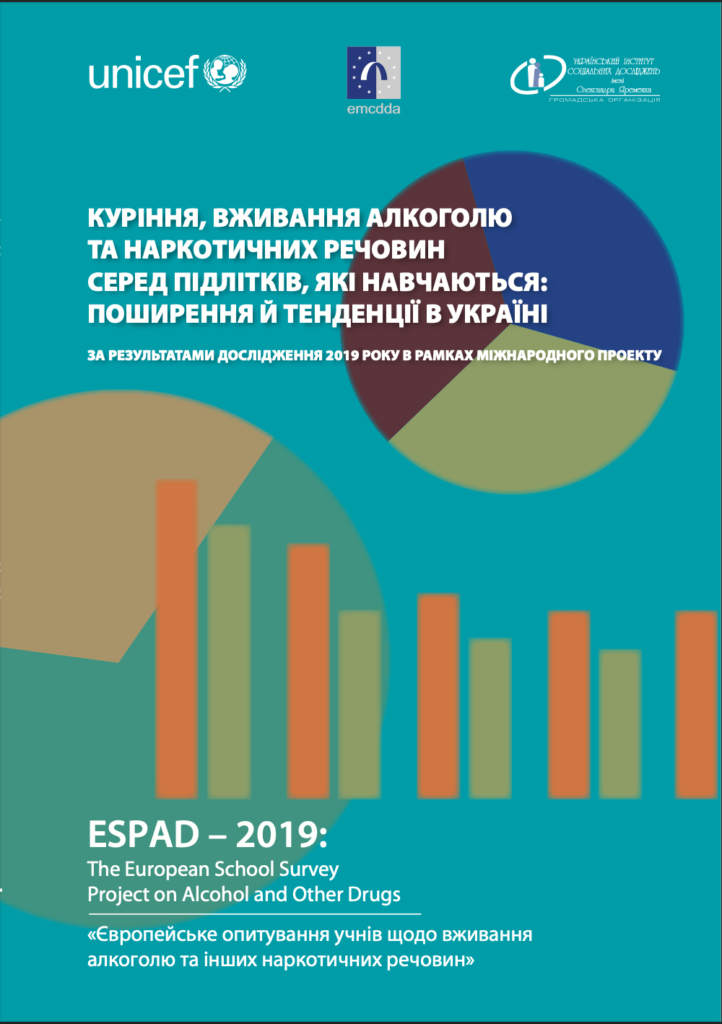Prevalence of tobacco and nicotine use by adolescents before the start of military aggression
Researchers note that approximately 80.0% of adult smokers start smoking before the age of 18. It is important to note that children who try smoking in adolescence are more likely than non-smoking adolescents to become heavy smokers in adulthood. In many countries around the world, the phenomenon of tobacco use, as well as the prevalence of tobacco-related diseases and deaths, is considered a significant health, social, and economic problem [Lacy-Nichols J., Marten R., 2021].
Every year, hundreds of thousands of young people take up smoking despite tobacco prevention efforts. Adolescents are a vulnerable group because they develop addiction faster than adults [Selvan S. T., Yeo X. X., van der Eijk Y., 2024].
The following trends can be observed concerning smoking among Ukrainian children and adolescents.
The Global Youth Tobacco Survey, conducted in 2004, showed that the prevalence of daily smoking among pupils in grades 7-9 in Ukraine was 23.7% (29% in the group of boys and 16.3% in the group of girls). Given that this age is the pubertal period of a child’s development, this largely determines the unfavorable prognosis for their health in the future. The study revealed the process of “erasing” traditional gender differences in smoking, as well as a decrease in the age of initiation – 59.2% of modern adolescents first tried smoking at the age of 11 or earlier. A significant number of schoolchildren (including those who do not smoke) are exposed to secondhand smoke both at home (80.1%) and outside (89.4%). At the same time, the number of girls who suffer from secondhand smoke is significantly higher than boys [Global Adult Tobacco Survey Ukraine, 2017].
A 2011 Global Youth Tobacco Survey (GYTS) survey of 13-15-year-olds showed that the proportion of daily smokers was 16.6% (with a gender breakdown of 18.7% of boys and 14.4% of girls). The proportion of adolescents who had tried smoking at least once in their lives was 48.5% (53.9% of boys and 42.8% of girls). Comparison of these levels with the data from the previous similar GYTS survey also suggests positive changes, namely a decrease in smoking prevalence among adolescents [Polka N.S., Berdnyk O.V., Dobrianska O.V., Stankevich T.V., Savon L.V. 2011].
It should be noted that these surveys were conducted before the adoption of the Law of Ukraine “On Restriction of Smoking Places” (2012). The analysis of subsequent surveys of schoolchildren in the dynamics revealed positive trends in reducing the prevalence of tobacco use among Ukrainian adolescents. Thus, according to the results of the Survey of Adolescents on Smoking, Alcohol and Drug Use (ESPAD), the prevalence among 15-year-old adolescents in 2015 was 14.9% among boys and 7.7% among girls; among 16-year-old boys, the rates were 25.7% and 13.2%, respectively; and among 17-year-olds – 31.8% and 16.0%, which is less compared to the results of the previous survey [Polka N.S., Dobrianska O.V., 2019].
It was also found that the prevalence of smoking among adolescents aged 15-17 decreased by 2 times (from 21.2% in 2007 to 12.2% in 2015). This indicates that young people in Ukraine smoked less and less, and even more importantly, that fewer of them started smoking. These achievements have been made possible by legislative changes in tobacco control that have taken place in Ukraine following the ratification of the WHO Framework Convention on Tobacco Control (FCTC). However, e-cigarette and hookah smoking has become increasingly popular among young people. In particular, 11.3% of adolescents aged 15-17 years smoked hookah, and 5.5% smoked e-cigarettes [ESPAD 2015].
Additional materials to read:
State Institution «Marzieiev Institute for Public Health of the National Academy of Medical Sciences of Ukraine»
(date of publication on the website 07.02.2025)


